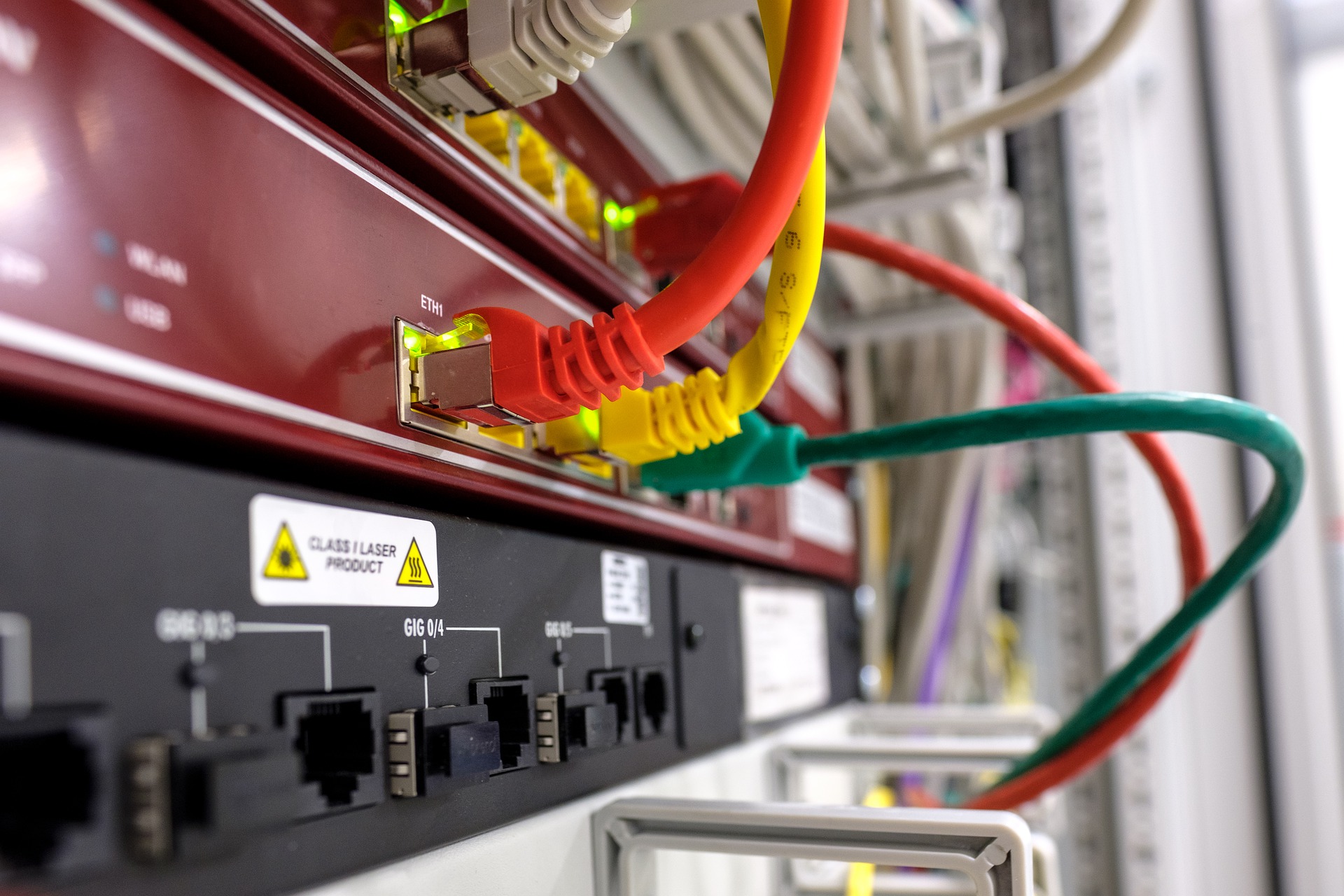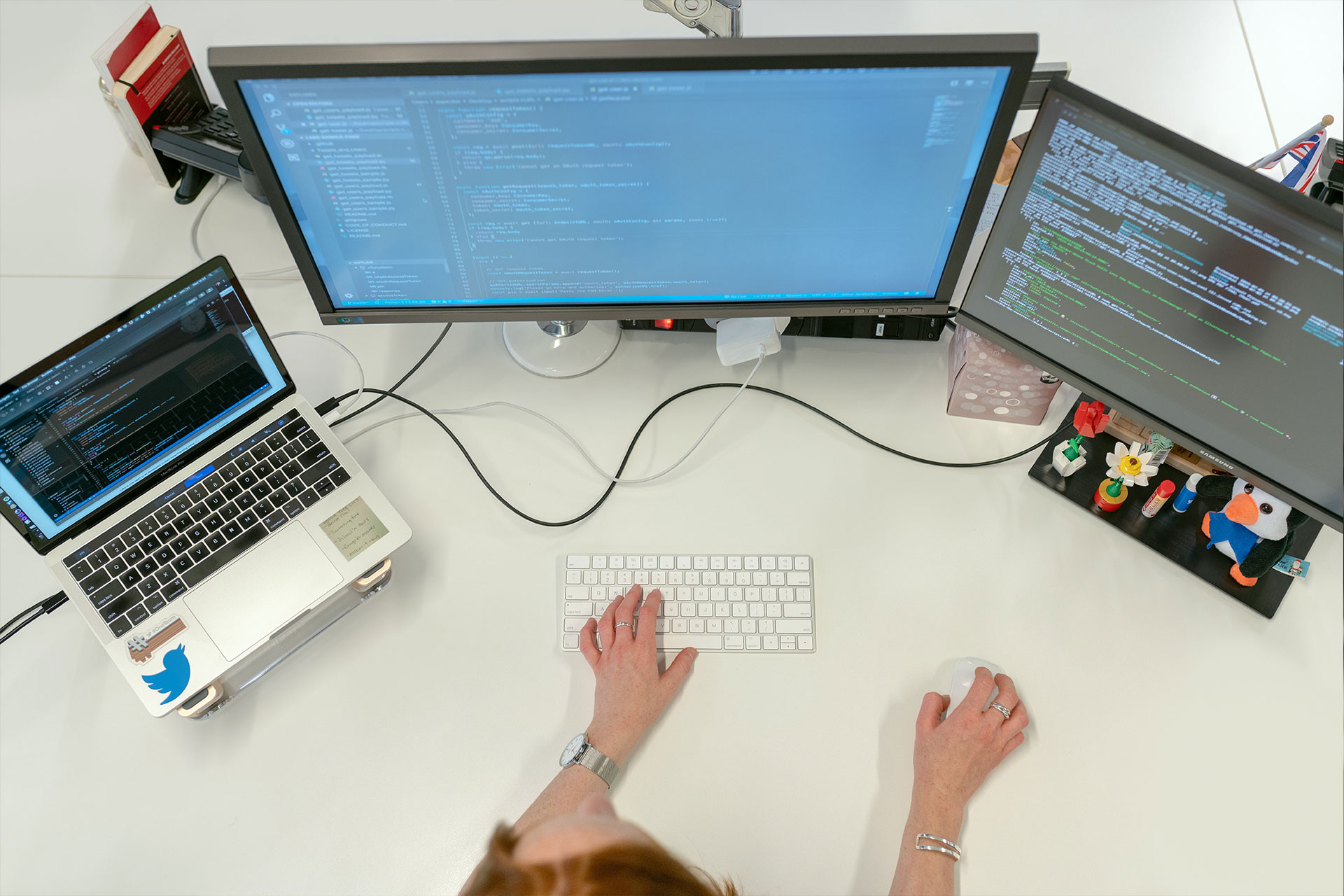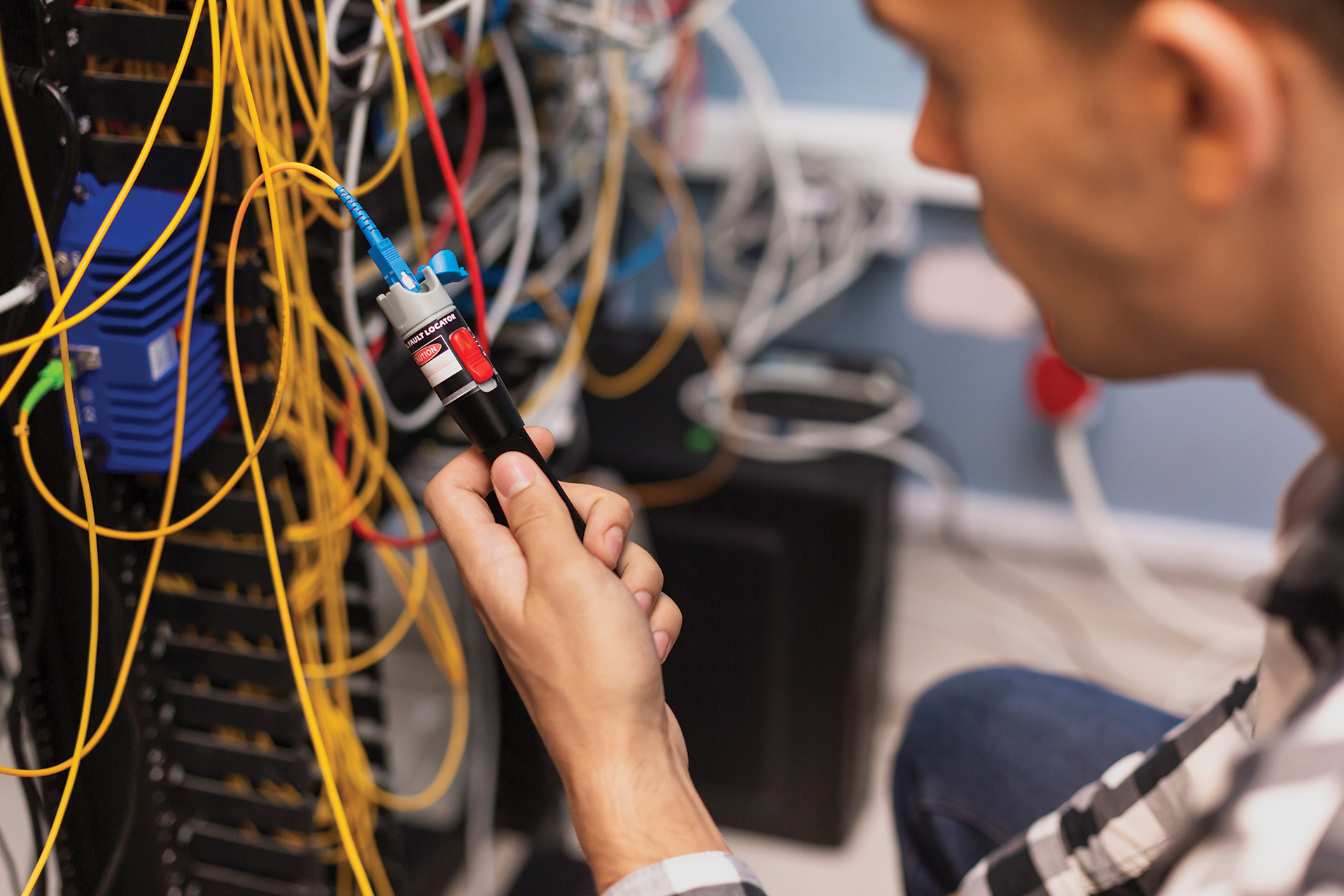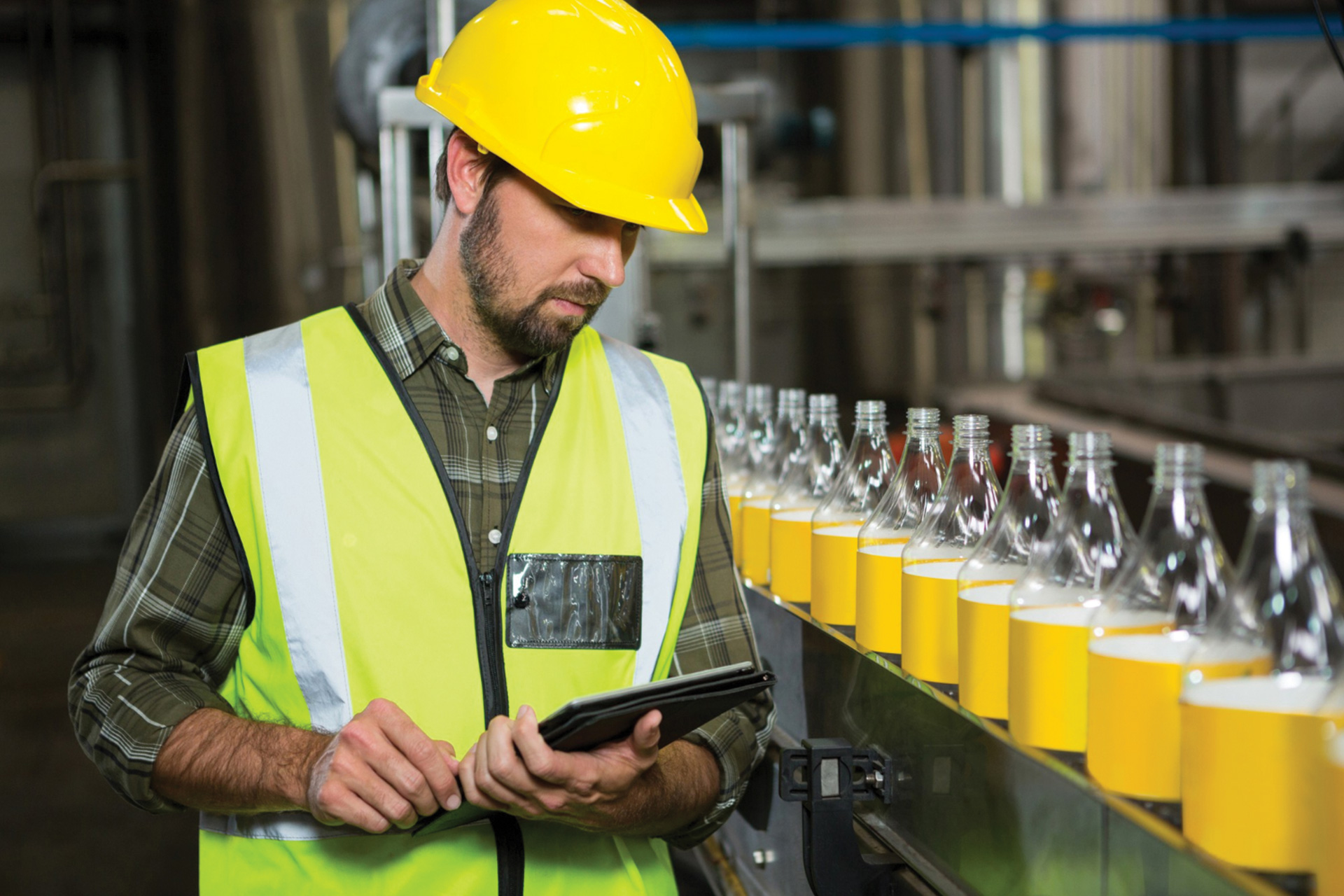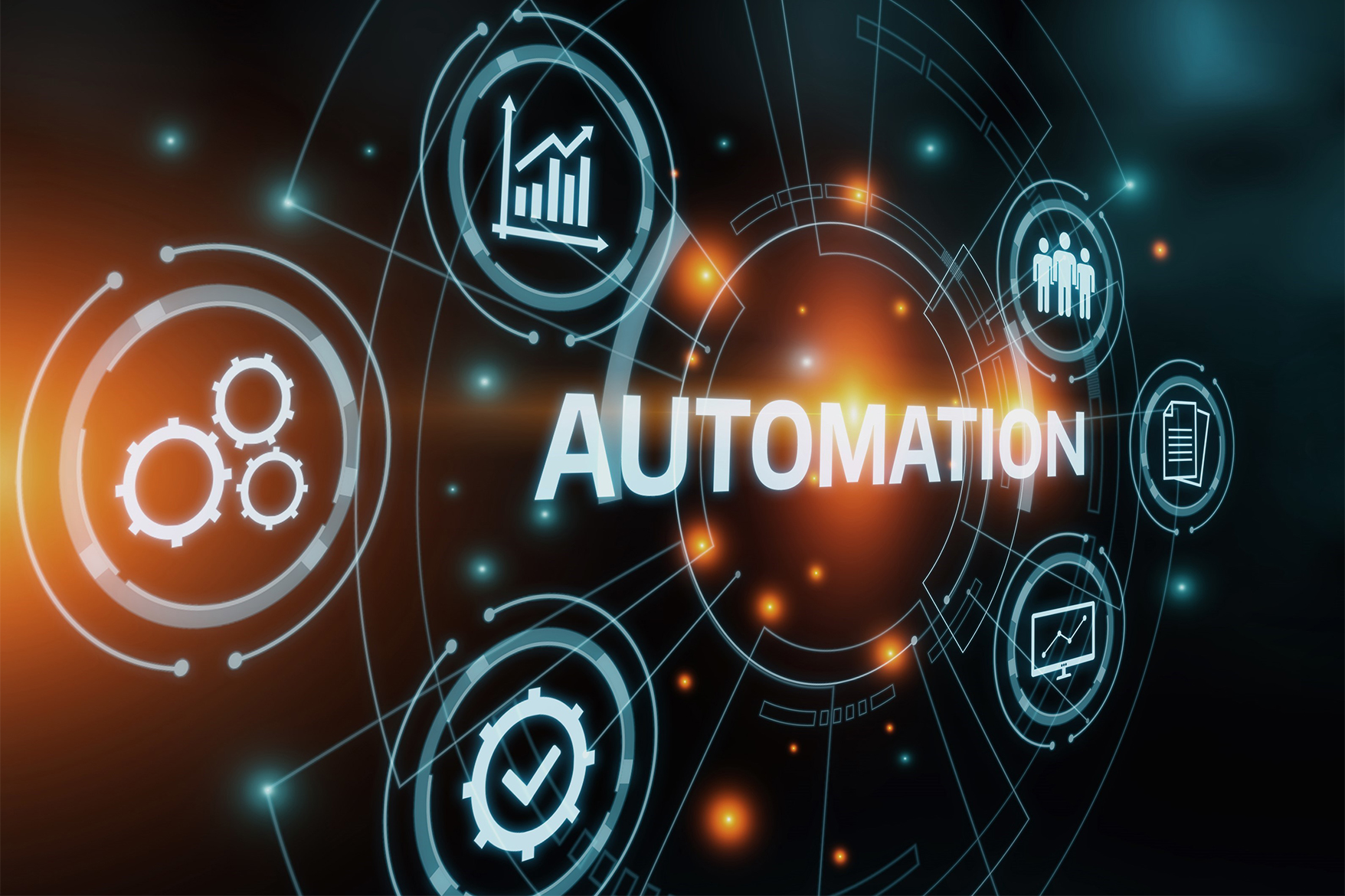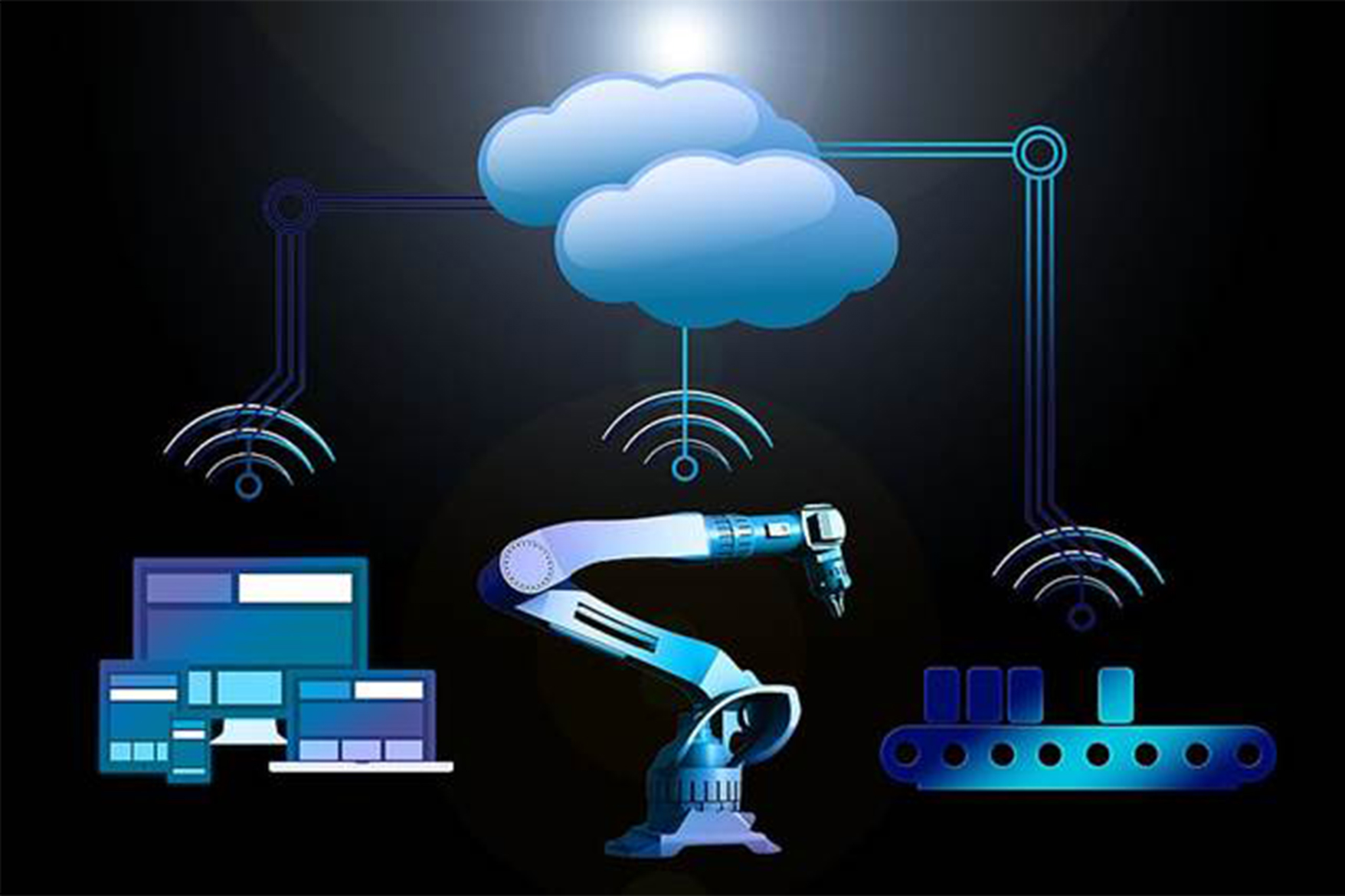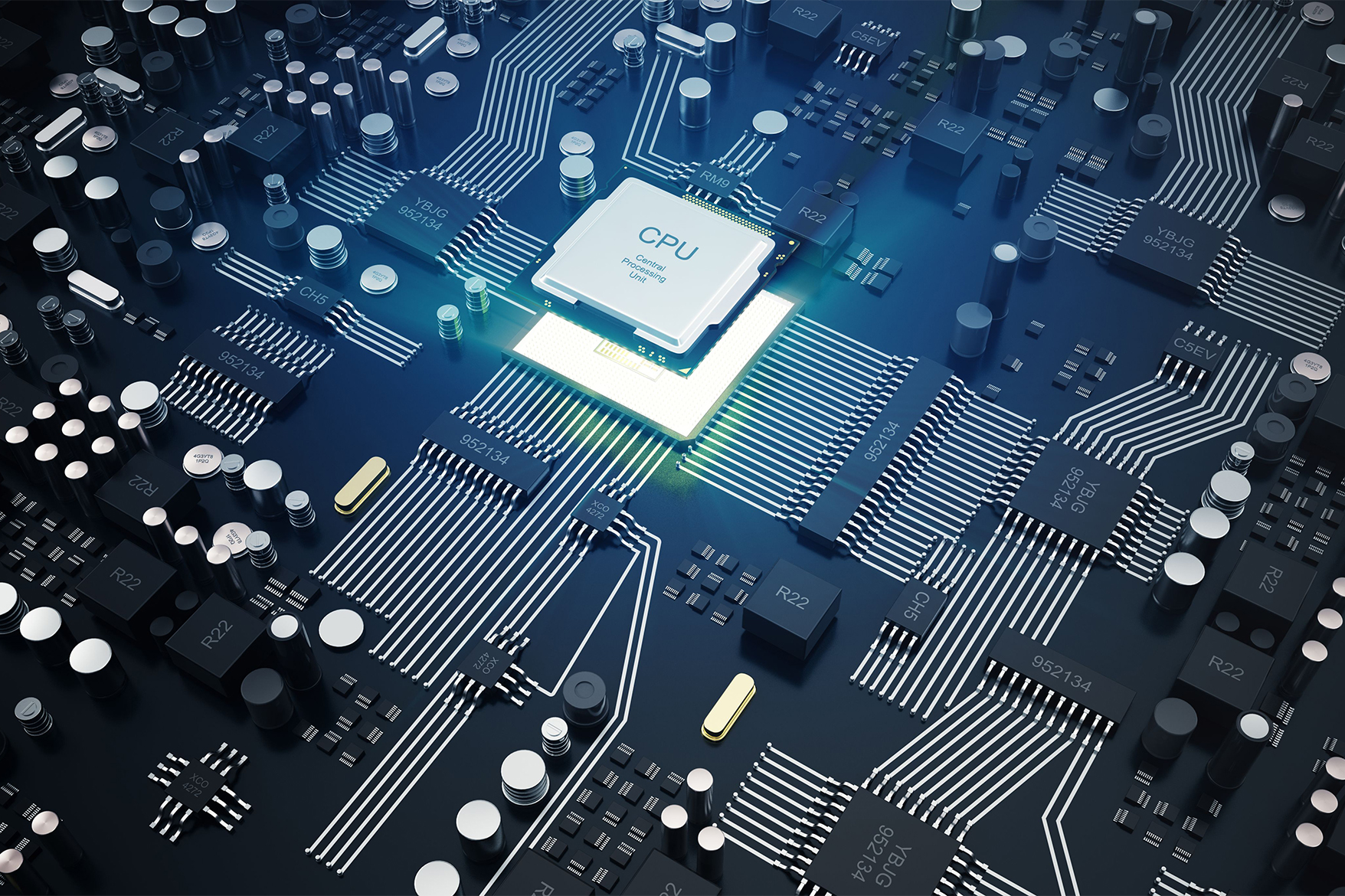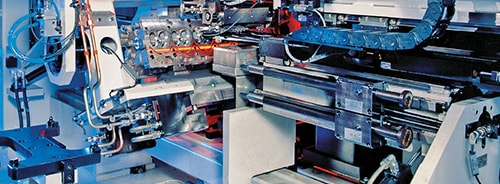Embedded systems are a ubiquitous and crucial part of the industrial automation. Whether it’s a small controller, an HVAC, or a complicated system, embedded systems are everywhere in the manufacturing space. You need embedded systems to help in improving the performance, operational and power efficiency and to even control processes in the complex industrial realms.
Building and maintaining an embedded system, the software that goes into these systems, is anything but a trivial task. It requires specialized tools like build tools, cross compiler, unit test tools, and documentation generators among others. The process of setting up such an embedded environment in your system could therefore be quite overwhelming.
Docker helps in making the whole process a lot easier and manageable. Docker is similar to virtual machines but is a light-weight version of the same. This creates containers that share common components with the Docker installation.
How can Docker run on an embedded system?
Dockers are one of the preferred containers used by software developers these days. Embedded system developers are also now leveraging the benefits containers bring into their software through Dockers.
Installing Docker is relatively easy and it supports different OS platforms. Once installed, you need to define a run time environment with a Docker file and create a Docker image. Once this is done, all you are left is to execute the image with the run command and share the files between the host and container. To share, you need to create a bind mount which is created every time you run an image with the “mount” option.
Since embedded systems have a fairly slow rate of system update changes, you can use the lightweight Docker on a minimum build then start layering on top of it. However, running Docker on an embedded system comes with its own set of challenges. For example, Docker uses the latest LINUX kernel, which may not match the embedded system’s kernel features. Another important hurdle that developers often face is that Docker image architecture should match the run time environment.
Containers and Industrial Automation
Containerization of software applications is fast gaining popularity and is speculated to disrupt the “industrial automation” as we know today, for good. For developers, the array of container images means the collaborative creation of software deliverables is possible without overlooking the requirements for running an application within a machine environment.
With the introduction of containers, industrial automation may also witness an end to the vertically integrated business model, which hasn’t changed much since the times of PLCs and DCSs. This is because the acceptance of containerization has paved the way for an efficient embedded system and easier implementation of the same into the current Industry 4.0 scenarios. It also makes automation accessible and easy to deploy in various machines.
Containers and Maintenance (Sustenance Engineering) of Embedded Systems
The industrial OT world traditionally consists of proprietary embedded systems that focus on reliability, longevity and safety.With technology advancements, maintenance of these older systemshas become a burden. The wide popularity of containerization has made containerization an important maintenance strategy for the embedded systems.
Product sustenance or re-engineering is basically fine tuning your released products to add new services and enhance their existing features. It virtually extends your end of the lifecycle or older products with periodic fixes, updates and enhancements that assures reduced maintenance costs, help maximize profits as well as retain your customers. Some of the ways in which containerization adds value to your sustenance engineering are:
- Ready to implement container images reduce the development time needed for application updates, defect fixes or new features enhancements
- Resource utilization and sharing is optimized with better maintenance plans
- Container frameworks and prebuilt tool chains enable the development and maintenance of applications on multiple embedded hardware platforms like STM32, Kinetis, ARM series etc.
- Software containerization and isolation of other processes and applications protects your application from hacks and attacks. This security aspect limits the effect of a vulnerability to that particular container and thus not compromise the entire system.
Key Benefits of Docker Containers on Embedded Systems
There are multiple motivations to leverage Docker containers benefits in an embedded environment. Easy to use, they provide a lightweight and minimal way to solve legacy architecture problems etc.
There are multiple motivations to leverage Docker containers benefits in an embedded environment. Easy to use, they provide a lightweight and minimal way to solve legacy architecture problems etc.
- Docker supports Windows, iOS, and Linux
- Developers can use the tools available in their local development environment. It means they need not install tools to run a Docker on the embedded system
- Developers can check the code against toolchains without worrying about tools co-existing.
- Your development team can use the same tools and build environment without having to install them
- Containers enable edge computing and convergence of services at the edge or gateway level
- The pre-integrated container platform allows developers to create applications that scale up to their business requirements and deliver qualitytime-to-market solutions in an accelerated manner
- Containers allows isolation of storage, network, and memory resources among others enabling developers to have an isolated and logical view of the OS
- Portability of containers allows it to run anywhere allowing greater flexibility in the development and deployment of applications on any OS or development environment.
Conclusion
Even with its set of challenges, Docker seems to be the game-changer in the Industry4.0 era. With embedded systems playing a pivotal role in many industries, your developers can use Docker to deploy automated machines. If you want smart solutions for a decentralized plant floor, you need to get professional development assistance from Utthunga. We help you create embedded systems that truly bring out the best degree of productivity for your company.
Leverage Utthunga’s embedded system consultations services and products which have transformed industries across various verticals includingdiscrete, process, oil and gas, and power industries. Contact us to know more.



